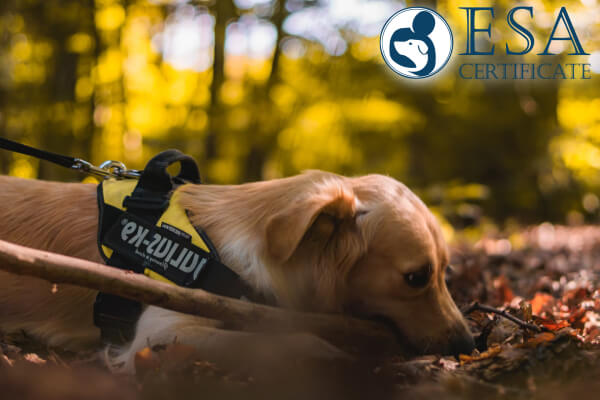Many well-trained dogs provide professional assistance to people with physical or mental disabilities. Thanks to an ADA regulation passed in 1990, these service dogs are something more than pets and are recognized for their special assistance.
What breeds are the best service dogs?
Any breed can make a great service dog, but there are some breeds that have a natural instinct to be a service dog. For example, German Shepherds, Golden Retrievers, Labradors and Border Collies are often used in various services because of their training ability and typical character. Many physical disabilities may require a larger dog for physical assistance, such as mobility, but medical alert or emotional support services can be performed by many small breed dogs.
A dog’s age and health
Regular visits to the vet (with regular checkups) are essential: health conditions such as arthritis and diabetes put an undue strain on the best pets, so it’s unwise to add service animal duties to them.
The dog must be at least 6 months old and have passed the puppy stage.
Personality test
If your dog is calm, cool and collected, but also alert and responsive, chances are he is suitable for service work.
It’s helpful to know your dog’s typical breed characteristics. If you have a mixed breed dog, a reputable DNA test can help you better understand his background.
Finding a reputable service dog trainer
Some people have the time and spirit to train their service animal, but many won’t be able to handle the in-depth training necessary to have a proven assistance animal. Legally, there is no mandatory certification in the United States, but the service animal training community has developed self-regulated minimum standards for training.

Time to train a service dog
It is very important to devote the right amount of time to proper training. This is why it is best to use the services of an experienced trainer.
International standards call for at least 120 hours over six months or more – in some cases up to 24 hours. At least 30 of these hours must be spent in public to deal with distractions and possible surprises.
Although there are no specific requirements in the U.S., self-regulation is critical, and these hours and guidelines are reasonable to follow.
The public access test
Now is the time to test the preparation in practice. Among other things, some basic requirements for a service dog include:
– No aggressive behavior (biting, barking, growling, etc.)
– Urinating and defecating only on command
– No sniffing behavior
– Lack of begging for food or affection
– Inhibition of arousal and hyperactivity
Registration and equipping
Currently in the United States, service dogs are self-regulated, but must demonstrate the qualities of a service dog when in public places to be eligible for access.
Documenting the training process, the public access test, and registration with a reputable service such as Esacertificate.org will help ensure that the dog is competent.
The ADA has provided great safeguards to protect people who need service animals and their domestic partners, but it never hurts to have reliable answers and proof in case of a misunderstanding or argument.

